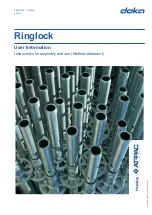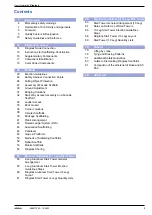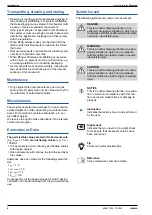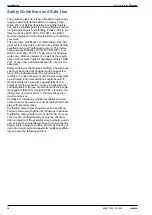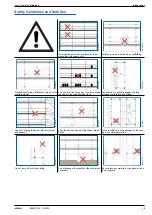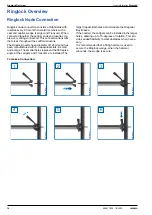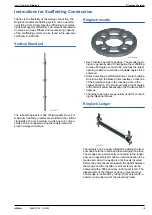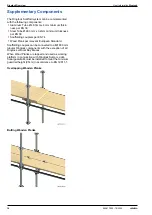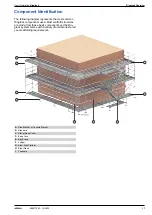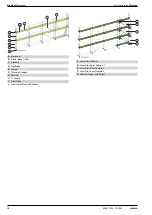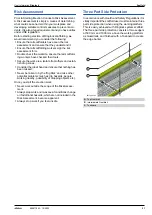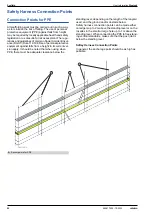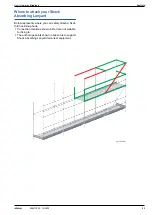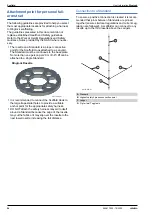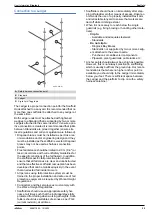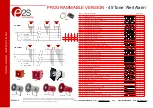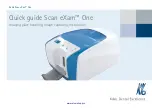
10
999817902 - 10/2022
Introduction
User Information
Ringlock
Safety Guidelines and Safe Use
The guidance given here is not intended to replace any
relevant local/regional standards, Company Proce-
dures, Work at Height Regulations and other legisla-
tion, but is a practical guide to good scaffolding practice
using Ringlock System scaffolding. Please refer to the
latest versions of EN
12810,
EN
12811, the NASC
Guidance Notes and current legislation prior to starting
your work.
The assembly, modification or dismantling of the Rin-
glock system may only be carried out by professionally
qualified personnel ('authorized person'). The instruc-
tions and specifications of DIN
4420,
EN
12811
and
DGUV Information 201-011 'Instructions for handling
work and protective equipment' as well as the regula-
tions of the technical rules for operational safety TRBS
2121 or any other local/regional specific rule must be
observed.
Before working on the Ringlock scaffold, a hazard anal-
ysis must be carried out considering the special fea-
tures of the individual case. The result must be
recorded in a risk assessment and the personnel must
be instructed. Particular attention should be paid to
technical protective measures against falls from a
height and to the measures required for possible res-
cue operations. If the use of personal protective equip-
ment against falls from a height (PPE) is required, the
information on anchor points in the relevant section
must be observed.
Damaged or improperly modified scaffolding compo-
nents must not be used and must be replaced immedi-
ately with sound material.
Scaffolding components should be stored and trans-
ported in such a way that the risk of damage is avoided.
Scaffolding components must not be thrown. If neces-
sary, the use of lifting equipment must be checked.
After completion of the assembly work and before each
use, an inspection must becarried out to ensure that the
equipment is in proper condition. Work may only be car-
ried out on approved and apparently faultless scaffold-
ing, see also the following sections.

